Geraldine Fitzgerald
Actress Geraldine Fitzgerald was nominated for an Academy Award for her role in the 1939 film "Wuthering Heights" and rebelled against the Hollywood studio system before returning to the New York stage.
She was born in Dublin, Ireland, on Nov. 24, 1913, to William and Mary Fitzgerald. Her father was a lawyer, and she spent some time in a convent school in London.
Vivian Leigh was a schoolmate and Maureen O'Sullivan was a childhood and lifelong friend.
Fitzgerald liked to say she stumbled into acting. Her aunt, the Irish actress Shelah Richards, took her to the theater and the director mistook her for an actress who was late.
"He yelled at me to get up on stage, and I did and took it as a great gift of fate. Then, I hid during rehearsals for fear he would see me and know that he'd made a mistake," she told the New York Times in 1987.
After she married Edward Lindsay-Hogg, the couple moved to New York so he could become a songwriter. During World War II, Lindsay-Hogg returned to Ireland to work for the Red Cross and the couple eventually divorced.
Fitzgerald had appeared in two Broadway shows when Warner Bros. movie studio signed her to a seven-year contract in 1938. When the studio wouldn't let her return to the New York stage while she was under contract, she refused film roles she saw as inconsequential. The studio retaliated with lengthy suspensions.
"I am proud of my rebellious moments," Fitzgerald told the Washington Post in 1983. "But I wish I'd handled them with more wit."
Despite her independent streak, she experienced success in the movies, making her debut in the tear-jerker "Dark Victory" in 1939 with Bette Davis and Humphrey Bogart and playing a series of strong-willed women, including a memorable role in 1946 as one of the "Three Strangers" opposite Sydney Greenstreet and Peter Lorre.
She wanted to appear in "The Maltese Falcon," but studio boss Jack Warner was so angry with her, he gave the part to Mary Astor, said Alan Eichler, who co-produced a cabaret show Fitzgerald started developing in the 1970s.
"She wanted to do art, and she had come out here to do great things. She once said that Humphrey Bogart told her that you have to do everything that's offered because you don't know what will work," Eichler said.
By the end of the 1940s, with her screen career fading, she did stage and television work and appeared in the occasional film, including playing the wife of a straying man (Gary Cooper) in "Ten North Frederick" (1958).
Her professional life had a second and third act — she returned to the stage and developed her voice, once described as "honey on sandpaper."
She became one of the first female directors on Broadway, receiving a Tony Award nomination for "Mass Appeal" in 1982, and toured with "Streetsongs," the solo show she developed after taking singing lessons at age 55, until 1990.
"She liked acting, but she felt that as a director you could shape a production," her daughter said.
Among her many New York stage roles were appearances in several Eugene O'Neill revivals, including her favorite role as Mary Tyrone, opposite Robert Ryan, in a 1971 off-Broadway production of "Long Day's Journey Into Night."
In the 1970s, she challenged the concept of conventional theater when she started Everyman, a summer troupe for youngsters. When the company staged a show, it used children from the neighborhood. Anybody could join and no one could audition.
"She would go into ghetto high schools, find anybody who wanted to do it. It was a real street theater company," her daughter said.
Fitzgerald received the Handel Medallion, New York City's highest cultural award, for her civic work.
In later years, she played character parts in movies such as "Rachel, Rachel" (1968), "Harry and Tonto" (1974) and "Arthur" (1981) and on television, including a guest role on "The Golden Girls" that brought her an Emmy nomination in 1988.
She met her second husband, Stuart Scheftel, after he saw her portray Edith Galt, Woodrow Wilson's wife in the film "Wilson" (1946) and sought an introduction. Scheftel was the grandson of Isidor Straus, co-owner of Macy's department store who went down with the Titanic in 1912.
"They were totally devoted," Eichler said. "When he died in 1994, she was in the early stages of Alzheimer's and she was never quite the same."
Fitzgerald died at age 91 in her New York apartment after a long battle with Alzheimer's disease on July 17, 2005.
Related stars
|
|
Points of interest
Academy Awards
| Year | Category | Work | |
|---|---|---|---|
| 1939 | Best Supporting Actress | Wuthering Heights | Nomination |
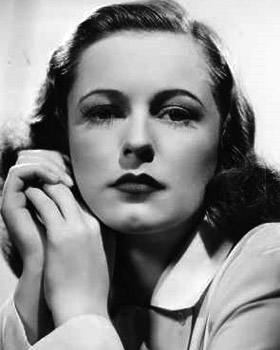
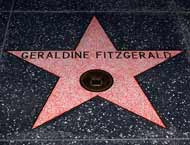
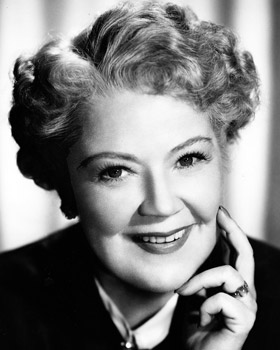
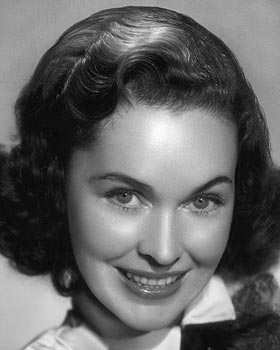
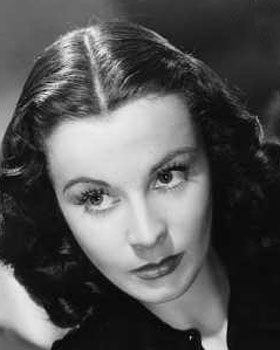
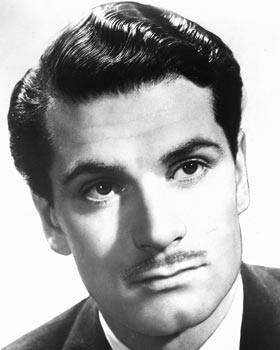
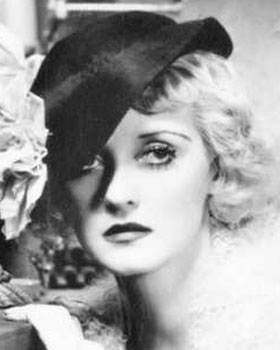
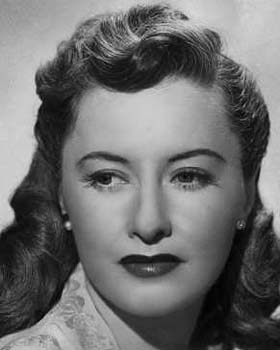
Share a thought about Geraldine Fitzgerald